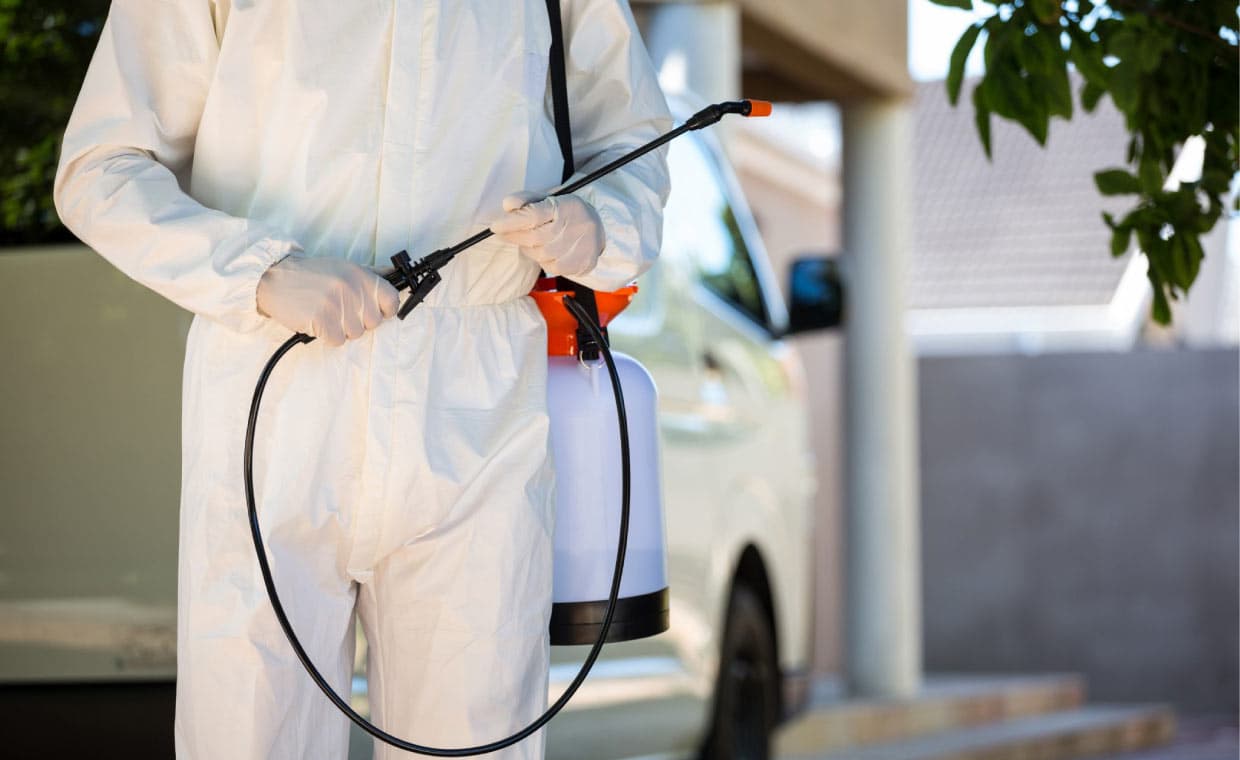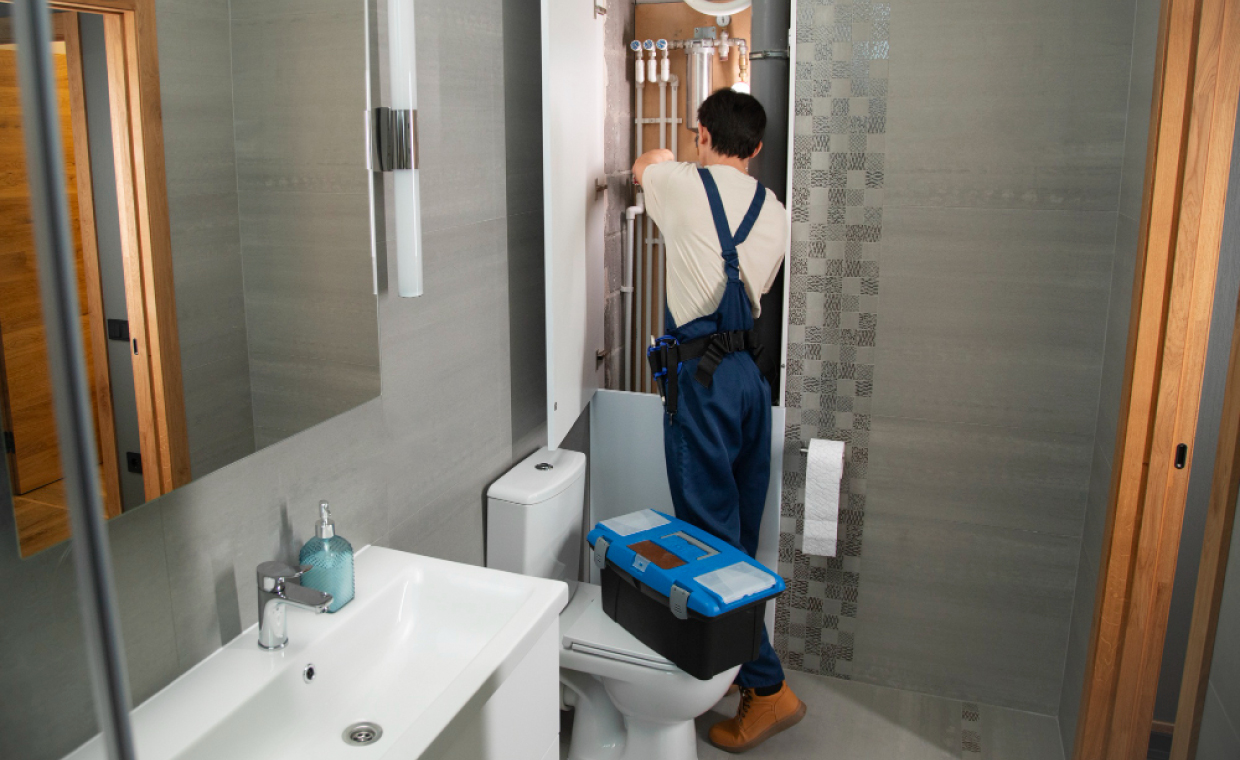
Activities like moving into a new home can be an exciting experience, filled with the promise of fresh starts and new memories. However, underlying issues can be addressed before settling in, especially if the property was unoccupied for some time. One common problem that you might encounter when moving into a previously vacant home is the potential for pests. Insects and rodents may have taken up residence during the absence of people, and these unwanted guests can be challenging to manage without professional assistance.
If pests are suspected, the best action is to call professionals to inspect and treat the property. But before the experts arrive, it’s essential to learn how to prepare for pest control to ensure maximum effectiveness.
Below are the dos and don’ts when preparing for pest control:
The Do’s of Preparing for Pest Control
Pest control preparation requires some things to be done to ensure a favorable outcome. Some do’s to remember include:
01. Do: Remove Clutter and Clean Thoroughly

One of the first steps in preparing for pest control is clearing any clutter in your home. Pests thrive in messy environments, where they can find hiding places and sources of food. Hence, it’s important to remove piles of clothes, papers, and unused items that might serve as nesting grounds for pests. Pay special attention to areas like basements, attics, closets, and garages.
Additionally, clean your home thoroughly before the pest control service arrives. Wipe down surfaces, sweep floors, and vacuum carpets. A clean environment makes it easier for exterminators to identify problem areas and apply treatments more effectively.
By doing this, you can make the job of those specializing in professional pest control much easier and more efficient. With them by your side, you can eliminate pests in no time.
02. Do: Cover or Remove Items Like Toys and Bedding

During pest control treatments, chemicals and pesticides are commonly used to eradicate infestations. Although safe when applied by professionals, these substances can pose a risk if they come into contact with certain household items, such as children’s toys, bedding, and pet supplies. To protect these items, it’s best to cover them securely or remove them from the treated areas.
Also, place toys, stuffed animals, and bedding in plastic bins or sealable bags to avoid contamination. This is especially important in homes with small children and pets.
03. Do: Follow Up With Regular Cleaning and Maintenance

After a professional pest control service has treated your home, it’s essential to maintain a clean and well-kept environment. While the exterminators will have handled the immediate pest issue, long-term success relies on consistent upkeep.
Regularly cleaning your home and repairing any damage that might allow pests to enter, such as broken windows, holes in walls, or cracks in the foundation, can also prevent future infestation. Trim overgrown bushes and trees near the home, as these can serve as entry points for pests such as rodents or insects.
04. Do: Communicate with Your Pest Control Provider

Effective pest control relies on open communication between homeowners and exterminators. Ensure to inform your pest control company about any specific concerns or problem areas you’ve noticed. For example, if you’ve spotted pests in the attic or if you’ve noticed signs of rodents in the basement, let them know so they can tailor their treatment accordingly.
It’s also important to ask about any specific instructions or precautions you should take before, during, and after the treatment. Each pest control service may have its guidelines, which will help ensure a successful outcome.
The Don’ts of Pest Control Preparation

There are also things that you shouldn’t do when doing pest control preparation. These include:
01. Don’t: Leave Food Out or Accessible

Another crucial step in preparing for pest control is ensuring no food is left out in the open. Pests such as ants, cockroaches, and rodents are often drawn to kitchens and pantries due to food availability. Make sure that all food items are stored in airtight containers or safely kept in the refrigerator. Take out the trash and clean up any spills or crumbs from kitchen surfaces and floors.
Removing pet food and water bowls during the treatment is also advisable. This can help prevent pests from accessing any potential food sources during or after the extermination process.
02. Don’t: Stay in the Home During Treatment

While modern pest control treatments are designed to be as safe as possible, it’s still advised that all residents, including pets, vacate the premises during the application process. Pest control treatments often involve chemicals that can irritate the skin, eyes, or respiratory system.
Ask your pest control company how long you need to remain out of the house. In most cases, you’re asked to stay out for a few hours after the treatment to allow the chemicals to settle and air out. Returning too soon can expose you to potentially harmful residues.
03. Don’t: Ignore Leaks and Moisture Problems

Many pests like termites, ants, and cockroaches are drawn to moist environments. Leaky pipes, faucets, and areas with water damage provide ideal conditions for pests to thrive. Before pest control arrives, it’s important to inspect your home for any moisture problems that need addressing.
Additionally, repair leaky plumbing and fix any water damage to walls or floors. Doing so can make your home less attractive to pests and help prolong the effectiveness of the pest control treatment.
04. Don’t: Skip Follow-Up Treatments If Needed

Depending on the severity of the pest problem, some infestations may require more than one treatment. For example, issues with bed bugs or termites often involve multiple visits to eradicate the pests fully. After the initial treatment, don’t assume the problem has been entirely solved. Be sure to schedule any recommended follow-up treatments to ensure the pests are eliminated for good.
Furthermore, skipping necessary follow-up appointments can lead to pest resurgence, undoing all the hard work and effort put into the treatment. Fortunately, professional pest control services often provide a treatment plan that outlines the required steps for complete extermination, follow it carefully.
Final Thoughts
Preparing your home for pest control requires thorough planning and attention to detail. By following these dos and don’ts, you can help ensure that the treatment is effective and that your home remains pest-free in the long term. Remember that prevention and maintenance are key to avoiding future infestations, especially when moving into a new home that has been unoccupied for a while.
Lastly, by keeping the information presented above, you can protect your home and ensure peace of mind.
Also Read: How Pest Control Improves Home Longevity






























